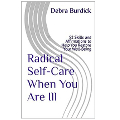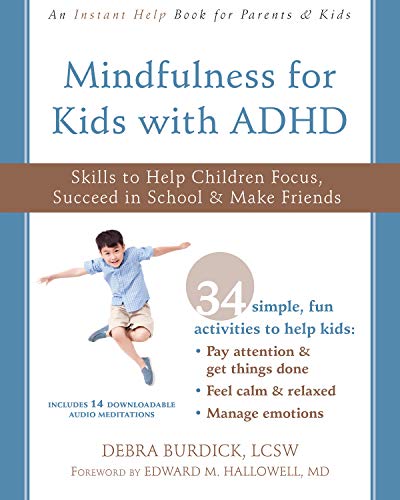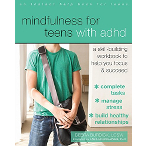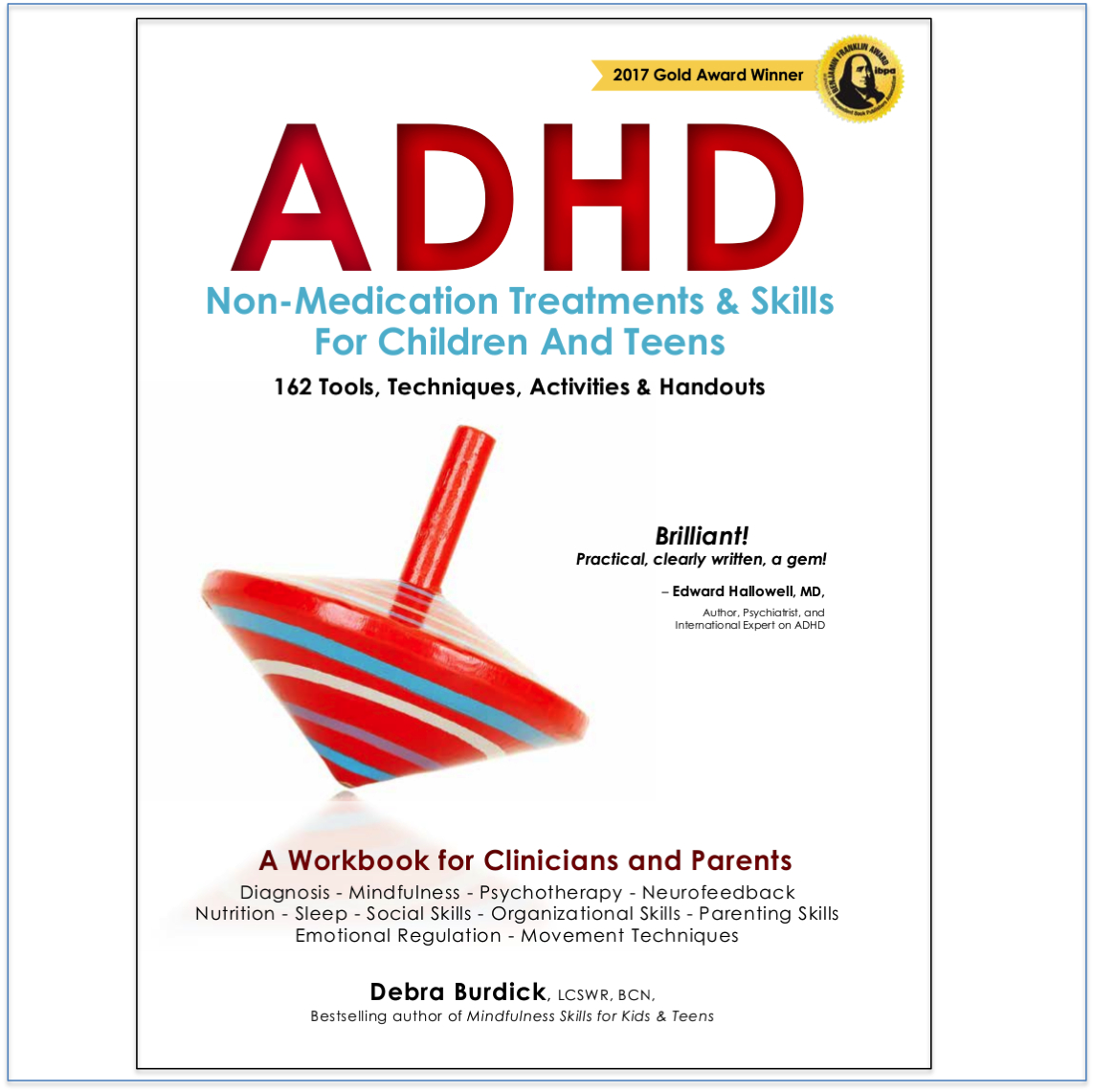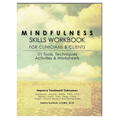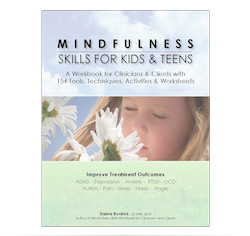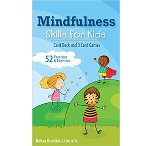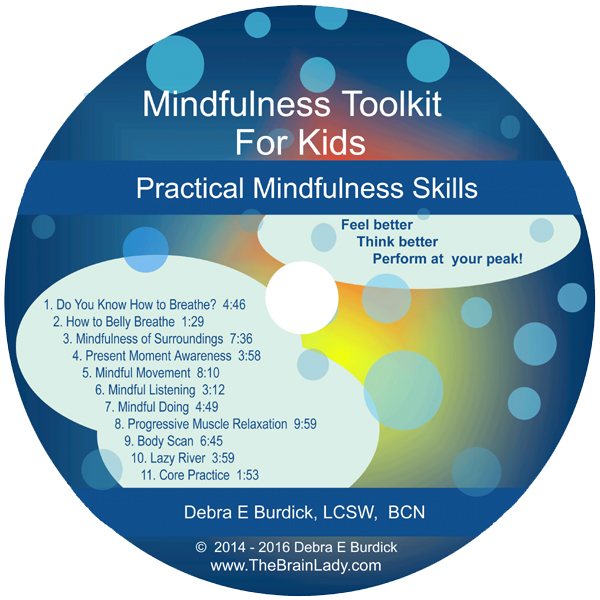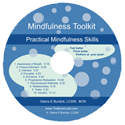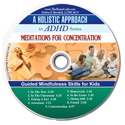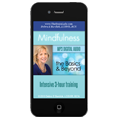Autism-Asperger’s
 Autism is considered a pervasive developmental disorder. People with autism experience a substantial delay in communication and social interaction associated with development of “restricted, repetitive and stereotyped” behavior, interests, and activities.
Autism is considered a pervasive developmental disorder. People with autism experience a substantial delay in communication and social interaction associated with development of “restricted, repetitive and stereotyped” behavior, interests, and activities.
The following is the diagnostic criteria for Autistic Disorder from the Diagnostic and Statistical Manual of Mental Disorders: DSM IV-TR
- A total of six (or more) items from (1), (2), and (3), with at least two from (1), and one each from (2) and (3):
- Qualitative impairment in social interaction, as manifested by at least two of the following:
- marked impairment in the use of multiple nonverbal behaviors such as eye-to-eye gaze, facial expression, body postures, and gestures to regulate social interaction
- failure to develop peer relationships appropriate to developmental level
- a lack of spontaneous seeking to share enjoyment, interests, or achievements with other people (e.g., by a lack of showing, bringing, or pointing out objects of interest)
- lack of social or emotional reciprocity
- Qualitative impairments in communication as manifested by at least one of the following:
- delay in, or total lack of, the development of spoken language (not accompanied by an attempt to compensate through alternative modes of communication such as gesture or mime)
- in individuals with adequate speech, marked impairment in the ability to initiate or sustain a conversation with others
- stereotyped and repetitive use of language or idiosyncratic language
- lack of varied, spontaneous make-believe play or social imitative play appropriate to developmental level
- Restricted repetitive and stereotyped patterns of behavior, interests, and activities, as manifested by at least one of the following:
- encompassing preoccupation with one or more stereotyped and restricted patterns of interest that is abnormal either in intensity or focus
- apparently inflexible adherence to specific, nonfunctional routines or rituals
- stereotyped and repetitive motor mannerisms (e.g., hand or finger flapping or twisting, or complex whole-body movements)
- persistent preoccupation with parts of objects
- Qualitative impairment in social interaction, as manifested by at least two of the following:
- Delays or abnormal functioning in at least one of the following areas, with onset prior to age 3 years: (1) social interaction, (2) language as used in social communication, or (3) symbolic or imaginative play.
- The disturbance is not better accounted for by Rett’s Disorder or Childhood Disintegrative Disorder.
Reprinted with permission from the Diagnostic and Statistical Manual of Mental Disorders, Fourth Edition, Text Revision. Copyright 2000. American Psychiatric Association
TREATMENT
The symptoms of Autism are often improved using Neurofeedback, psychotherapy, nutritional support, social skills groups, and a variety of medications.
I treated teenage boy who was in the high functioning autistic spectrum with Neurofeedback and psychotherapy. His social skills, self-awareness, body awareness, and communication skills improved dramatically over the course of the treatment. He was invited to a classmate’s birthday party for the first time ever as his treatment concluded.
I worked with a young boy who was in the high functioning Asperger’s spectrum. He was experiencing intense angry outbursts that resulted in his removal from school. I taught him a number of techniques to help him increase his awareness of his frustration and anger and then to self-soothe. I also used Neurofeedback to normalize the out of norm brainwave patterns seen in his QEEG. His anger gradually lessened and his self-control increased significantly.
A study published in the Research in Autism Spectrum Disorders in 2009 revealed ‘significant improvement in the treatment group for attention control, cognitive flexibility and planning’ and ’significant improvement in social interaction, verbal and non-verbal communication skills, and typical behavior. An earlier study published in the Journal of Neurotherapy found an overall reduction in ATEC levels (Autism Evaluation Checklist) and improved sociability of 33%, speech/language/communication of 29%, health 26%, and sensory/cognitive awareness of 17%.
Caution: The information presented here is for your reference only and should not be used to diagnose or treat any condition. It is not intended to substitute for the advice of you or your child’s medical doctor or mental health professional.
PLEASE NOTE: As of December 31, 2014 Deb has retired from her private practice and is no longer accepting new clients so that she can concentrate on writing and teaching. The above is for historical/informational purposes only.

